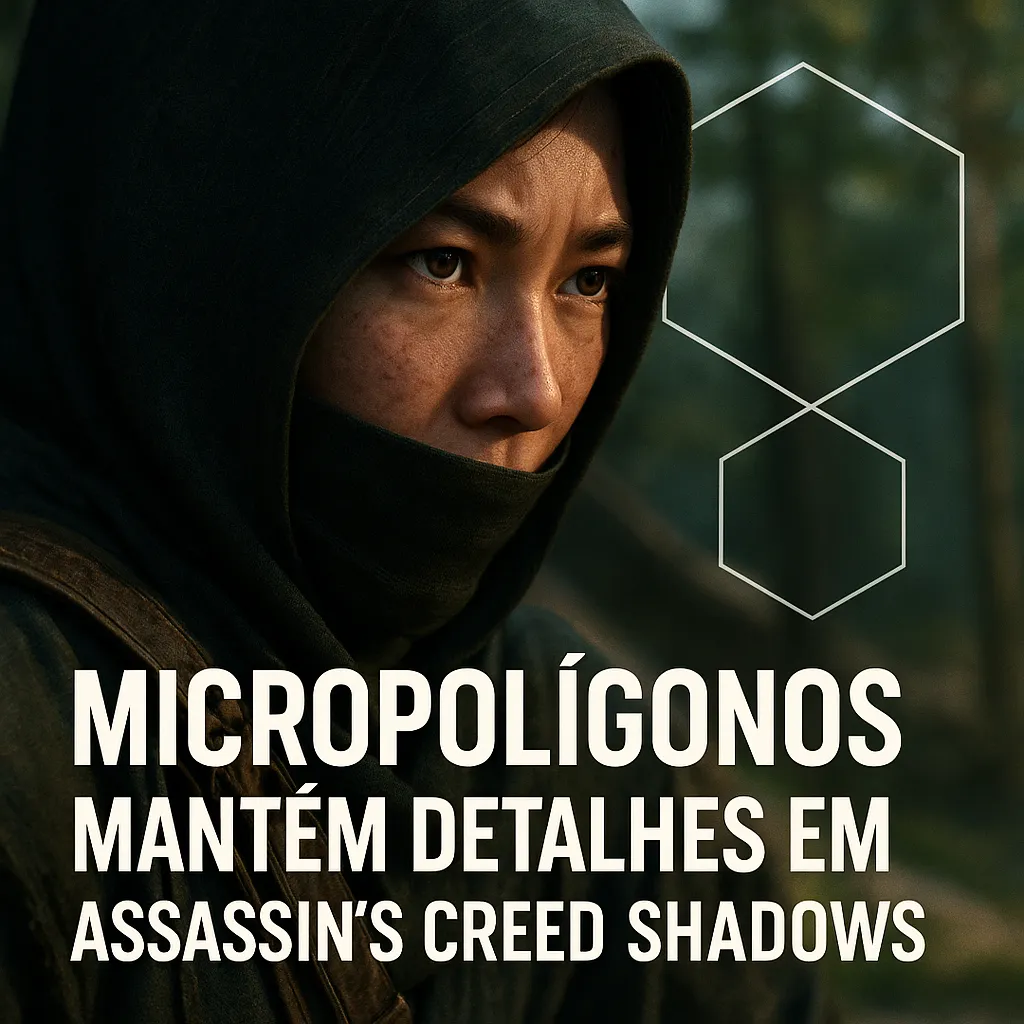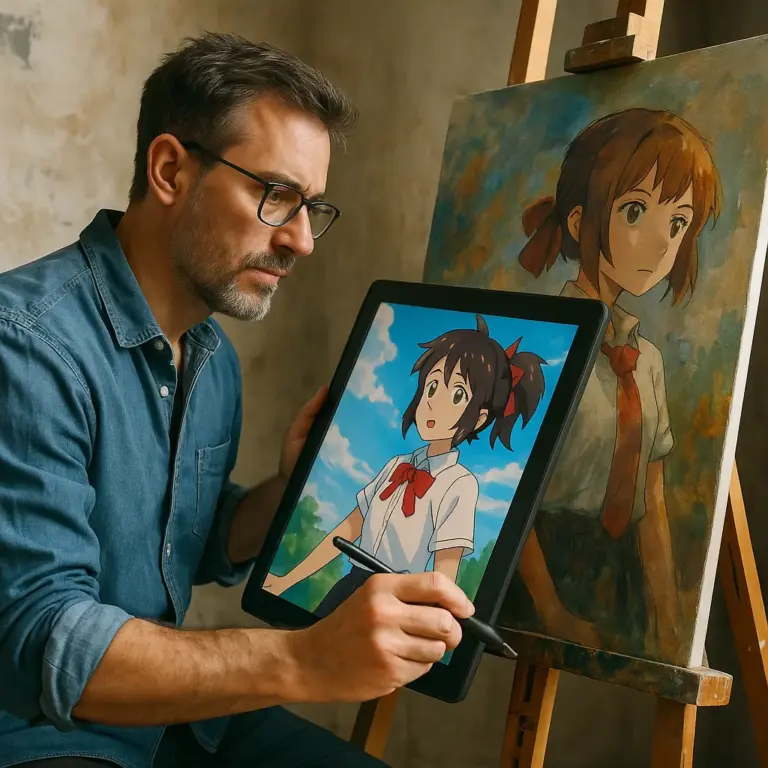Assassin’s Creed Shadows isn’t just another chapter in Ubisoft’s long-running franchise — it marks a technological turning point with direct implications for how open worlds are built and perceived. Set in feudal Japan, the game introduces a new graphical system called Micropolygons — a tool that maintains object detail both up close and at a distance, eliminating the need to swap between different versions of the same asset.
For players familiar with the visual leaps between console generations, this evolution may not be immediately noticeable. But it’s there — more subtle, more psychological, and far more efficient.
The Challenge of Open Worlds and the “Rube Goldberg Machine”
Every video game is, at its core, a complex machine of hidden systems. In open-world games like Assassin’s Creed Shadows, that complexity multiplies. The goal? To hide that machinery and give players the sensation of exploring a fluid, detailed, and living environment. But maintaining this illusion requires tough choices, especially in terms of memory and processing power.
Traditionally, scene objects — like swords, chairs, or paintings — are rendered with various levels of detail, known as LODs (Level of Detail). Up close, you see the full polygon-rich version; from afar, a simpler one takes its place. This saves resources but has a cost: the notorious “pop-in,” when an object suddenly changes appearance as you approach it.
Ubisoft’s Solution: The Micropolygon System
To eliminate this limitation, the Ubisoft Montreal tech team implemented a system of virtual geometry, nicknamed Micropolygons, into the Anvil game engine. According to technical director Pierre Fortin, this method abandons version-swapping in favor of a dynamic model that adjusts in real-time based on player distance.
Here’s how it works: instead of switching between simple and complex objects, the game changes the visible polygon count on the fly using dynamic meshes and the speed of modern SSDs. The result is a seamless, highly detailed transition — with no performance drop and no visual breakage.
Details That Matter: From Landscape to Brushstroke
This advancement is most noticeable in assets that require fine finishing. Imagine rendering a historical painting like The Seasons of Sōami, complete with all the pencil marks and color gradients. In previous systems, much of this detail was lost to memory constraints. Now, with Micropolygons, it’s possible to display complex textures, cracks, dirt, reflections, and imperfections — all adapting naturally to distance and lighting.
Fortin explains: “Before, we had to trim details to meet the technical budget. Now, we can go beyond.” The result is a world that responds to the player’s gaze with rare visual depth.
An Impact That Goes Beyond Consoles
This technology isn’t exclusive to PlayStation 5 and Xbox Series X. Though designed for next-gen consoles, the system also benefits PCs across various configurations. Ubisoft confirmed that the engine now evaluates a machine’s SSD and dynamically adjusts the detail level, offering an adaptive experience without sacrificing quality.
On the Xbox Series S, for example, the game is rendered at a maximum of 1080p, while the Series X can reach 4K UHD. The Series S has CPU and SSD limitations, but thanks to Micropolygon-based optimization, Assassin’s Creed Shadows runs efficiently even on modest hardware.
The Invisible Leap Between Generations
If you compare Assassin’s Creed Valhalla to Shadows, you might not immediately see a huge visual leap. After all, the jump from PS4/One to PS5/Series X|S is less dramatic than the shift from PS3 to PS4.
The difference now isn’t just in polygon counts or texture resolution, but in how the game presents these elements to the player. It’s about perception. The feeling of approaching an object and watching it “reveal” new details that weren’t visible from afar is a subtle — yet powerful — effect. It’s like observing a marble sculpture: from a distance, it looks solid; up close, you see the chisel marks.
From Hardware to Psychology: A New Kind of Graphical Realism
We’re entering an era where graphical power is no longer just about more processing — it’s about artistic and psychological intelligence. It’s no longer enough to “show everything” at once. It’s about knowing what to show, when, and how. This brings video games closer to other visual arts like painting and cinema, where perspective, focus, and framing shape the experience.
With the Micropolygon system, Ubisoft isn’t just improving visuals — it’s rethinking how players perceive and interpret a virtual world. It’s less about rendering, more about visual storytelling.
A More Lifelike Feudal Japan
Setting Assassin’s Creed Shadows in feudal Japan was a strategic choice. The rich aesthetics of this historical period — temples, armor, wooden homes, scrolls, and natural landscapes — demand extreme attention to detail. The new system allows these elements to shine without compromising performance.
Take the character Naoe, for example. She appears in scenes where the background — towers, valleys, villages — stretches far into the distance without losing depth. This is all possible because the engine dynamically adjusts detail levels as the player’s gaze shifts.




